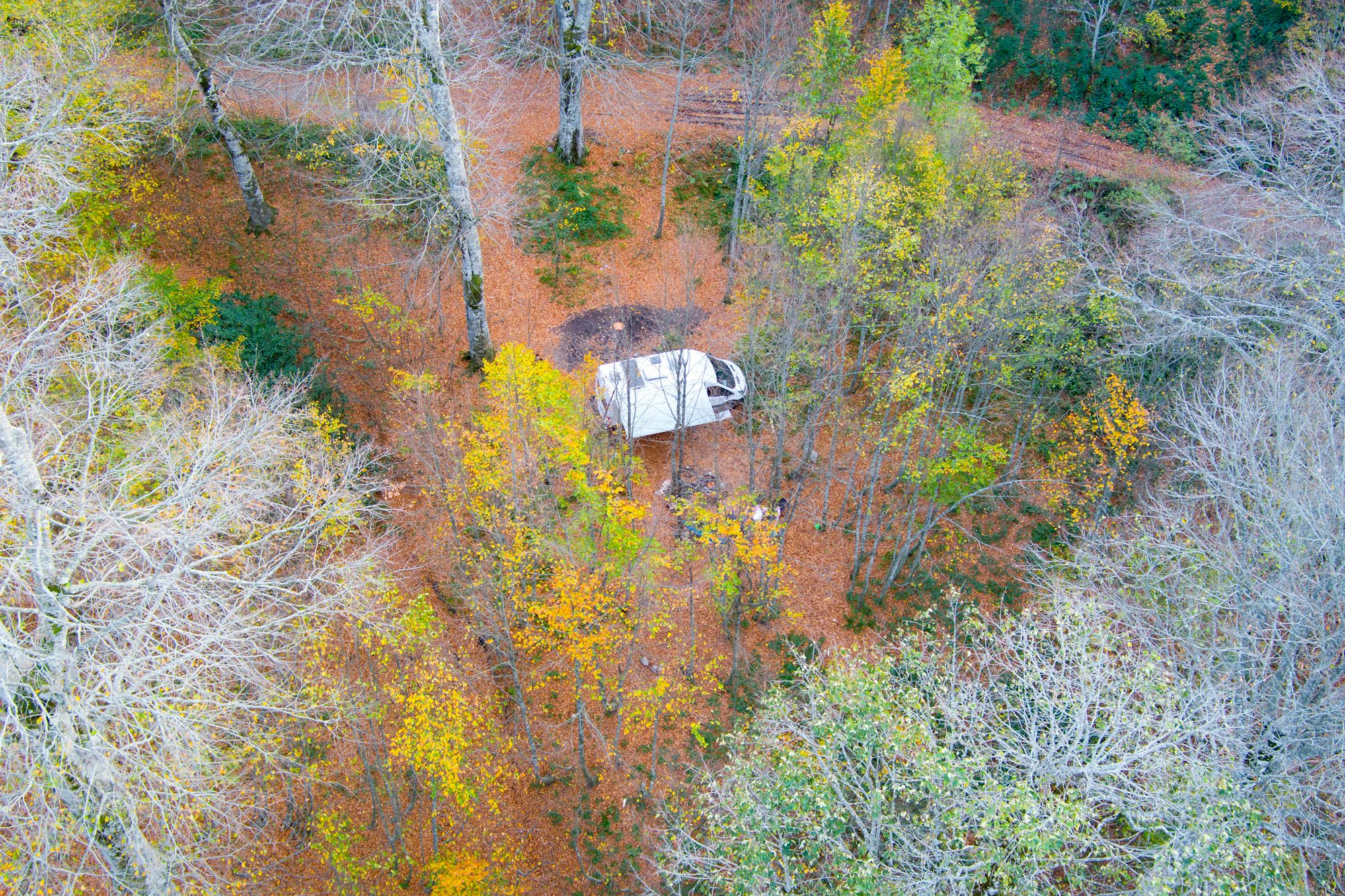The Art of Slow Travel: Embracing Mindfulness on the Road
This article explores the concept of slow travel, emphasizing the benefits of taking your time to connect with destinations and cultures on a deeper level.
At its core, slow travel is about savoring the journey rather than rushing to tick off a list of sights. It encourages travelers to immerse themselves in the local culture, engage with residents, and truly experience the essence of a place. Rather than hopping from one city to another in a whirlwind of activities, slow travelers often choose to spend extended periods in a single destination, allowing them to explore its nuances and hidden gems.
One of the most significant advantages of slow travel is the opportunity for meaningful interactions. By taking the time to engage with locals, travelers can gain insights into daily life, traditions, and perspectives that might otherwise remain undiscovered. Whether it’s chatting with a market vendor, joining a community cooking class, or participating in a local festival, these experiences enrich our understanding of the culture and create lasting memories.
Moreover, slow travel encourages us to appreciate the small details that make each destination unique. Instead of merely capturing postcard-perfect images, travelers are encouraged to savor the sights, sounds, and flavors of a place. A leisurely stroll through a bustling market or sipping coffee at a local café allows for moments of reflection and connection that can transform a trip into a truly immersive experience. For example, wandering through the winding streets of a medieval town in Italy can reveal hidden art, charming shops, and friendly locals who are eager to share their stories.
Transportation choices also play a significant role in slow travel. Instead of flying between destinations, travelers might opt for trains, buses, or bicycles, allowing them to witness the changing landscapes and rhythms of life along the way. Train journeys, in particular, offer a unique vantage point, as travelers can relax and enjoy the scenery while making connections with fellow passengers. For instance, a train ride through the Swiss Alps can be a breathtaking experience, providing panoramic views of majestic mountains and lush valleys, all while fostering a sense of tranquility.
Accommodations also reflect the principles of slow travel. Rather than staying in large, impersonal hotels, slow travelers often seek out guesthouses, homestays, or boutique hotels that embody the character of the destination. These types of accommodations not only provide a more authentic experience but also often promote sustainability and community engagement. Many host families take pride in sharing their local knowledge and providing travelers with insider tips on the best spots to visit, eat, and explore.
In addition to cultural immersion, slow travel allows for personal growth and self-discovery. By stepping away from the hustle and bustle of everyday life, travelers can reflect on their own values and aspirations. This introspection often leads to a greater appreciation for the simple pleasures in life, fostering mindfulness and gratitude. Many travelers find that slowing down enhances their mental well-being, as they are able to recharge and gain clarity away from their usual routines.
Food is a vital aspect of the slow travel experience, as it reflects the culture and traditions of a destination. Instead of rushing through meals, slow travelers are encouraged to take their time, savoring each bite and exploring the local cuisine. Participating in food-related activities, such as cooking classes or guided food tours, allows travelers to connect with the culinary heritage of a region while supporting local chefs and artisans. For instance, learning to make traditional paella in Spain or exploring the spices of Indian cuisine can deepen one’s appreciation for the flavors and techniques that define these culinary traditions.
Sustainable practices are often intertwined with the slow travel philosophy. By spending more time in one location, travelers can reduce their overall carbon footprint, and choosing local businesses and services supports the local economy. Additionally, many slow travelers actively seek out eco-friendly accommodations and participate in conservation efforts, reinforcing their commitment to protecting the environment. For example, volunteering for a local environmental organization while traveling not only benefits the community but also creates a sense of purpose and fulfillment.
As the slow travel movement gains traction, many destinations are embracing this philosophy by promoting initiatives that encourage mindful exploration. Communities around the world are developing programs and experiences that align with slow travel principles, from guided nature walks to cultural workshops. This not only enhances the visitor experience but also fosters a sense of pride and ownership within the local population, encouraging them to share their culture and heritage with travelers.
In conclusion, the art of slow travel invites us to rethink our approach to exploration and adventure. By prioritizing connections, immersion, and mindfulness, we can create more meaningful travel experiences that resonate on a deeper level. As we embrace the journey and take the time to appreciate the beauty and diversity of our world, we not only enrich our own lives but also contribute to a more sustainable and respectful form of tourism. Whether it’s through engaging with locals, savoring the flavors of a destination, or reflecting on our own journeys, slow travel has the power to transform the way we explore and connect with the world around us.